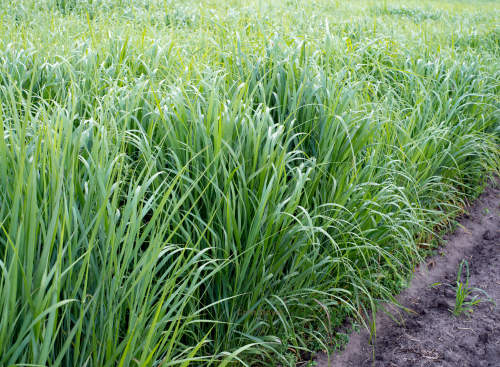The demand for renewable fuels, particularly biofuels, is experiencing steady growth. The biofuel market is expected to reach $200 billion by 2030. This presents a significant opportunity for producers, but also a crucial question: how can production be optimized for both efficiency and sustainability?
STELA Drying Technology understands the need for innovative solutions in the biofuels industry. Our low-temperature drying technology offers a compelling approach to achieve this goal.
This article explores the specific advantages of low-temperature drying for various biofuel feedstocks, including how this technique optimizes the drying process for corn stover and switchgrass (bioethanol production), woody biomass (wood pellets and advanced biofuels), and even microalgae (next-generation biofuels).
Unlocking Efficiency and Sustainability with Low-Temperature Drying
Traditional drying methods often rely on high heat, leading to significant energy consumption. STELA’s low-temperature drying technology operates at a milder range, demonstrably reducing overall energy use, especially when using excess heat from other processes. This translates to lower operating costs for facilities while minimizing environmental footprints.
Precise temperature control is crucial for maintaining the integrity of feedstocks. For instance, high heat can degrade valuable oils in microalgae, essential for biodiesel production. STELA’s technology ensures uniform drying at a lower temperature, preserving these properties needed for efficient conversion into biofuels. This minimizes waste and maximizes the yield of high-quality biofuels from feedstock.
The Science Behind Low-Temperature Drying’s Effectiveness
For biomass feedstocks like corn stover and switchgrass, high temperatures can deactivate naturally occurring enzymes. These enzymes play a critical role in breaking down complex carbohydrates into simpler sugars, a vital step in bioethanol production. STELA’s low-temperature drying process safeguards these enzymes, leading to a more efficient conversion process and potentially higher biofuel yields.
STELA Dryers: Engineered for Biofuel Efficiency
STELA’s dryers are backed by a depth of experience working with the biofuels industry, and our technology has been rigorously tested and proven effective in this field. Key features include:
- Precise Temperature Control Zones: Tailor the drying process for each feedstock to optimize enzyme activity and product quality.
- Efficient Airflow Technology: Ensures uniform drying throughout the entire batch, minimizing the risk of hotspots and potential degradation.
Optimizing Feedstock Preparation
STELA’s drying technology efficiently prepares biofuel feedstock (corn stover, switchgrass, woody biomass, etc.) for the conversion process. This allows for optimal performance in subsequent stages of biofuel production.
Enhanced Efficiency Through Heat Integration
STELA dryers can be designed to utilize excess heat from existing processes, further reducing overall energy consumption and operational costs. By effectively recycling waste heat, this integrated approach not only maximizes efficiency but also minimizes the environmental impact, making your biofuel production process more sustainable and eco-friendly.



Connect with STELA
By implementing STELA’s drying solutions, organizations can contribute to a more sustainable and cost-effective biofuel production process. Our team is ready to consult with you to tailor our innovative technology to your specific needs, ensuring optimal performance and maximum efficiency. Contact STELA today to learn more about how our technology can optimize your operations.

